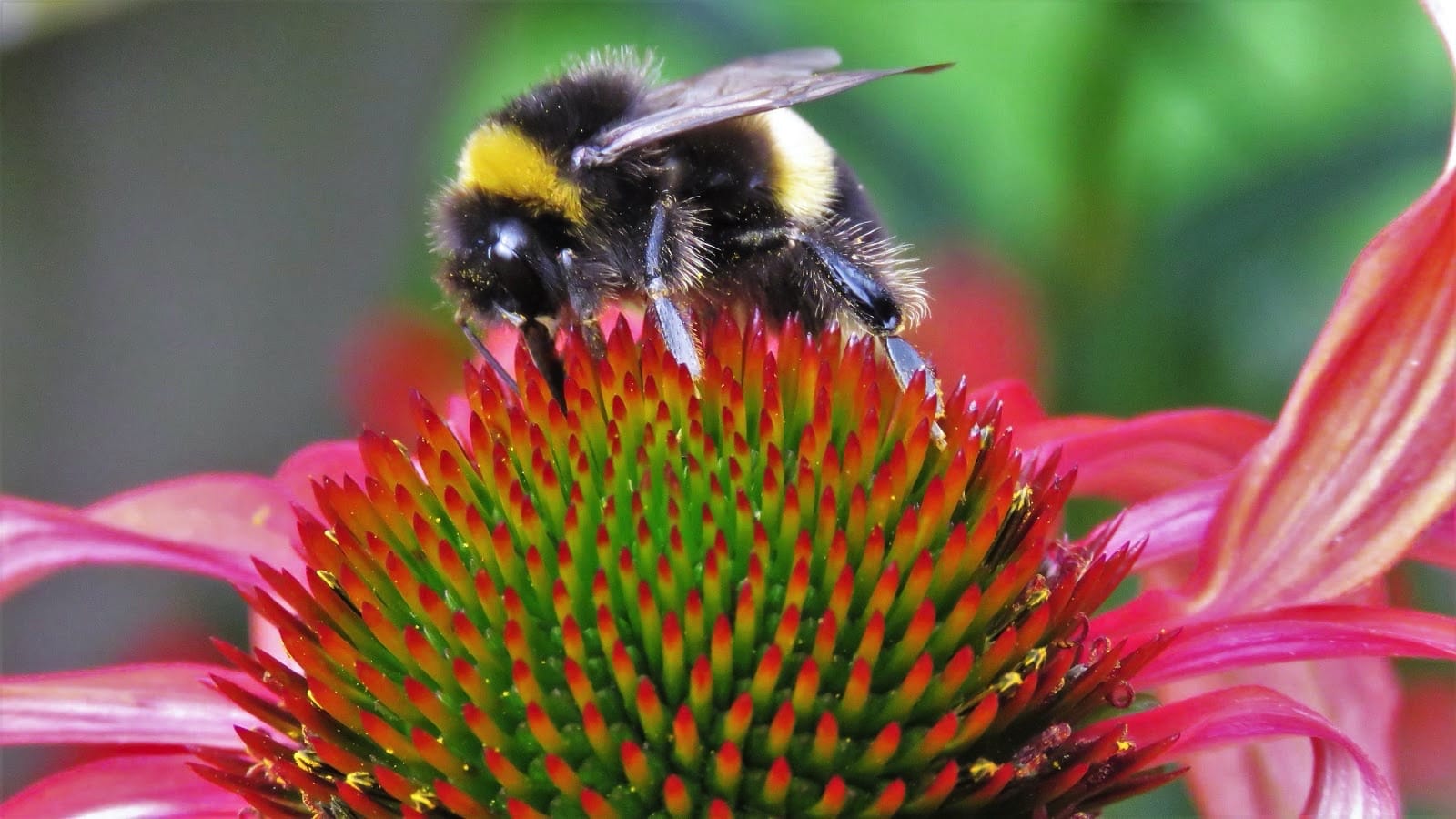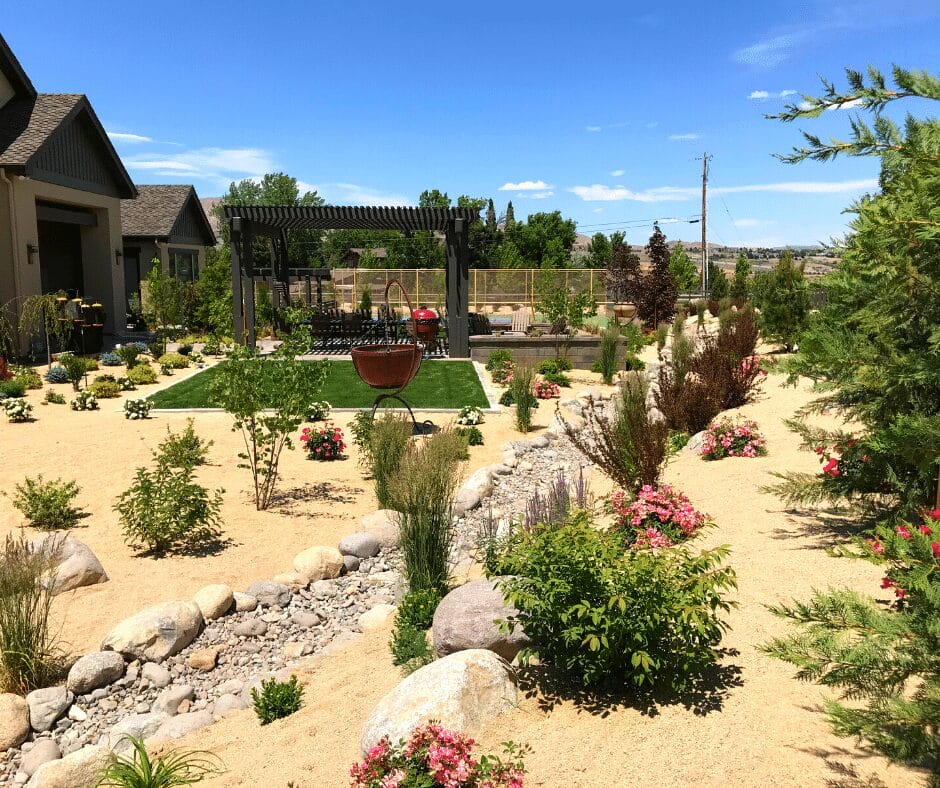Creating Wildlife-Friendly Gardens: Supporting Local Ecology in Austin
By Innovation Grounds
Austin, Texas, is known for its vibrant culture, outdoor activities, and progressive attitudes toward environmental sustainability. As more people become conscious of their environmental impact, creating wildlife-friendly gardens has become a top priority for many residents. These gardens not only enhance the beauty of your yard but also support local ecology, promote biodiversity, and create a sanctuary for native wildlife. In this article, we will explore how to create a wildlife-friendly garden in Austin that thrives with pollinator plants, eco-friendly landscaping, and sustainable practices.
Why Wildlife-Friendly Gardens Matter
Wildlife-friendly gardens are essential for maintaining healthy ecosystems, especially in urban environments like Austin. Rapid urbanization, habitat loss, and the overuse of pesticides have placed immense pressure on local wildlife populations. By creating wildlife-friendly spaces, you can contribute to preserving biodiversity and help native species thrive in a natural habitat.
Austin’s location in Central Texas makes it a key area for various species of birds, insects, and pollinators. With careful planning, you can provide a sanctuary for these creatures while enhancing your landscape.
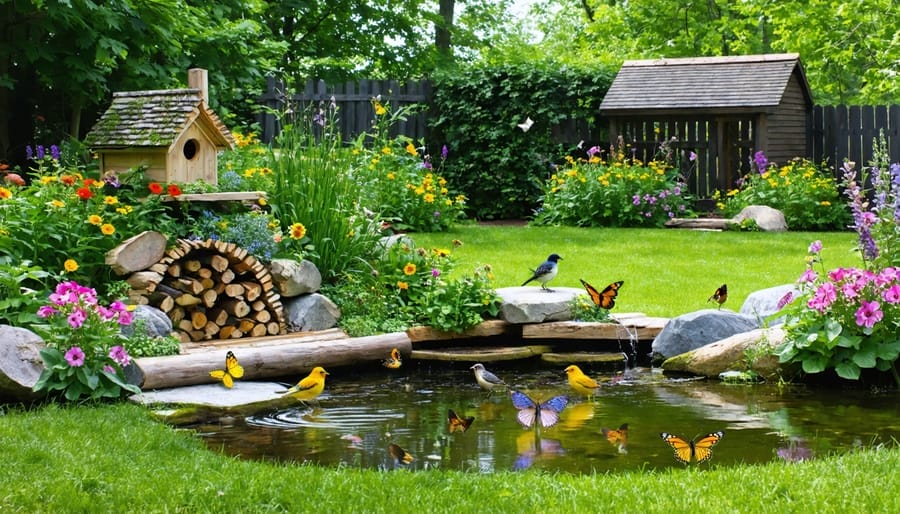
Choose Native Pollinator Plants
One of the best ways to support local wildlife in Austin is by incorporating pollinator plants into your garden. Pollinators such as bees, butterflies, and hummingbirds play a crucial role in the local ecosystem by helping plants reproduce through pollination. By selecting native plants that provide nectar, pollen, and habitat, you can attract these vital creatures to your garden.
Examples of Pollinator Plants in Austin:
- Purple Coneflower (Echinacea purpurea): This vibrant flower is a favorite among bees and butterflies. It thrives in Austin’s hot climate and adds a pop of color to your garden.
- Black-eyed Susan (Rudbeckia hirta): Known for its striking yellow petals and dark center, this hardy plant attracts bees, butterflies, and other pollinators.
- Milkweed (Asclepias spp.): Essential for monarch butterflies, milkweed is a must-have in wildlife-friendly gardens, as it provides both nectar and a breeding site for these iconic butterflies.
When planting pollinator-friendly species, it’s important to choose plants that are not only beautiful but also suitable for the local climate. Native plants are adapted to the region’s soil and weather conditions, making them more resilient and easier to maintain.
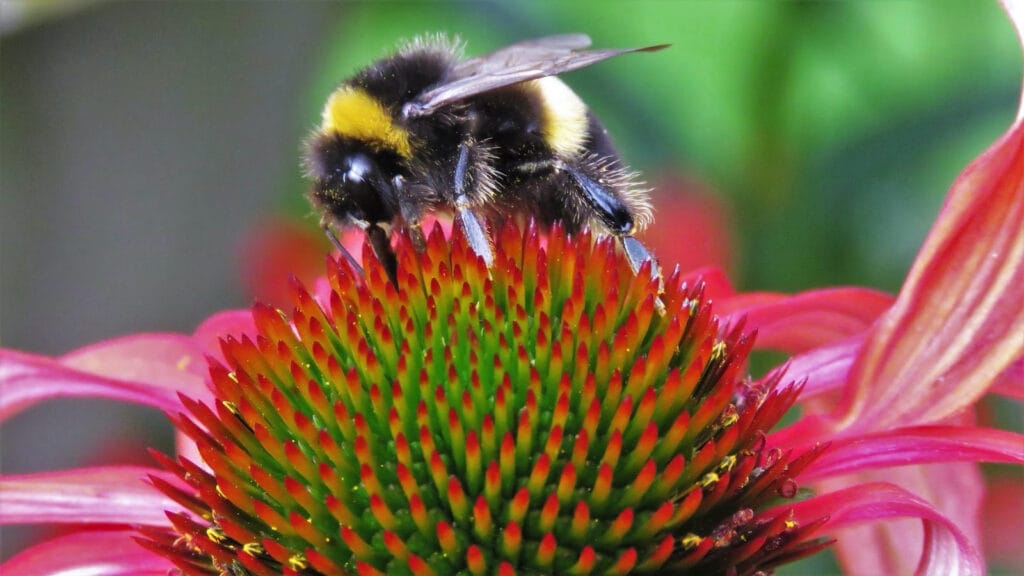
Practice Eco-Friendly Landscaping
Eco-friendly landscaping goes beyond just choosing the right plants—it involves creating a sustainable environment that minimizes harm to local wildlife and reduces resource consumption. In Austin, where water conservation is a significant concern, adopting eco-friendly landscaping practices can make a real difference.
Here are some key steps to creating an eco-friendly landscape in your wildlife-friendly garden:
- Water-Efficient Irrigation: Install drip irrigation systems to deliver water directly to plant roots, reducing water waste and ensuring that plants get the moisture they need.
- Mulching: Use organic mulch to retain moisture in the soil, suppress weeds, and provide nutrients to plants. Mulch also creates a protective barrier for beneficial insects and small wildlife.
- Reduce Lawn Area: Traditional lawns require a lot of water, pesticides, and fertilizers. Instead, consider replacing parts of your lawn with native ground covers, wildflowers, or garden beds that are less resource-intensive and more supportive of local wildlife.
- Avoid Pesticides: Pesticides can harm not only pests but also beneficial insects like bees and ladybugs. Opt for natural pest control methods like introducing beneficial insects or using organic solutions.
Provide Shelter and Habitat
Wildlife needs more than just food; they also require shelter and a safe place to reproduce. Creating a habitat that provides protection is key to fostering a thriving ecosystem in your garden. Here are a few ways to provide shelter for local wildlife:
- Create a Pollinator Hotel: These structures offer bees and other insects a safe place to nest. You can easily make your own using bamboo, twigs, or hollow stems.
- Plant Shrubs and Trees: Native trees and shrubs provide shelter for birds and small mammals. Some plants, like the Texas Red Oak and Cedar Sage, offer perfect hiding spots and nesting sites.
- Leave Leaf Piles or Dead Wood: Piles of leaves or logs offer shelter for insects, amphibians, and small mammals. They also help return nutrients to the soil.
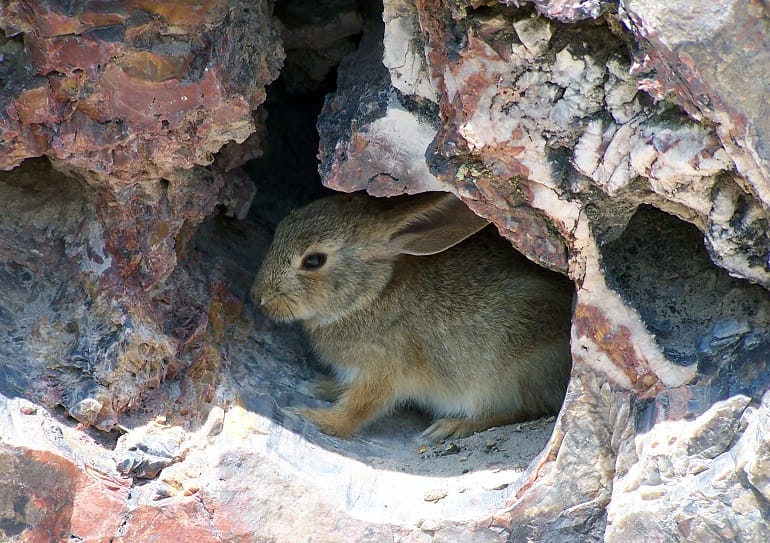
Conclusion: Making a Difference in Austin’s Ecology
Creating a wildlife-friendly garden in Austin not only enhances the beauty of your outdoor space but also contributes to the health of local ecosystems. By choosing native pollinator plants, practicing eco-friendly landscaping, and providing shelter for wildlife, you can create a thriving garden that supports biodiversity and protects Austin’s natural heritage.
The importance of sustainable gardening practices has never been more apparent, and as more people in Austin embrace these principles, we can all work together to support the city’s vibrant ecology. Whether you have a small urban garden or a larger suburban landscape, every little change helps make a big impact on the environment and the wildlife that calls Austin home.
Ready to transform your garden into a wildlife sanctuary? Start today with native pollinator plants and eco-friendly landscaping, and watch your backyard thrive with life!
